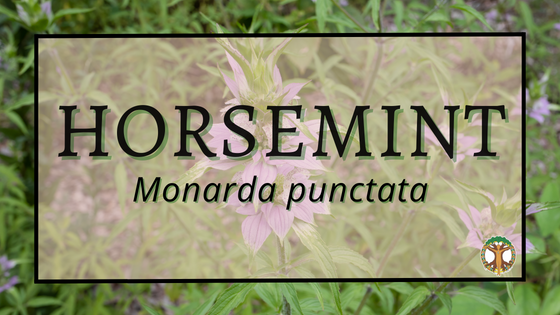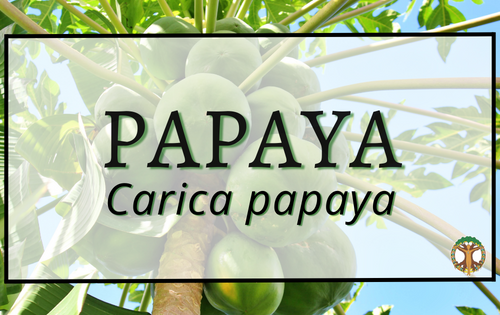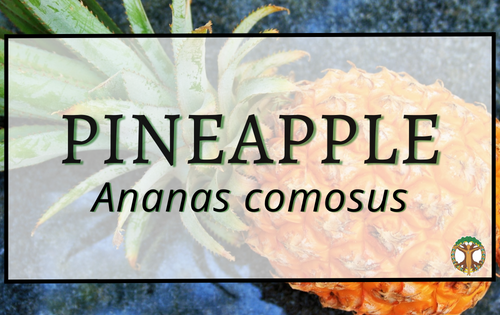
Horsemint
Contributor: Kelsy Provost, Current Community Herbalist Program Student
Latin Name: Monarda punctata
Common Names: Horsemint • Dotted horsemint • Spotted bee balm • Bergamot’s bud
Family: Lamiaceae (Mint)
Habitat: Monarda punctata is an upright, tall, sprawling native perennial that grows wild throughout Florida. It typically grows in clumps around 2-4 ft wide. They produce pink, purple, or cream-colored bracts that are often mistaken for flowers, and some of these bracts can have spots. The flowers of this plant are found just above the colorful bracts, and they produce fruits that aren’t showy but reseed well.
M. punctata is relatively easy to grow and thrives in full sun, well-draining sandy soil. This plant is a favorite of pollinators, especially carpenter bees, leaf-cutter bees, and metallic green sweat bees. The colorful bracts are attractive in any garden and thrive throughout Florida, but it prefers limited to no exposure to salt spray, salt water, and brackish water. In addition to the sunshine state, this herb can be found across most of the east coast. It and others in the Monarda spp. can also be found in other parts of the US.
Parts Used: Aerial parts: Leaves & flowers
History/Tradition: The genus, Monarda, was named after Spanish botanist and physician Nicholas Monardes (1493-1588), who wrote one of the first books on American plants. Punctata is Latin for point or dotted, referring to this plant’s unique bracts. However, this plant has been used medicinally for a long time by indigenous peoples, especially those in tribes that originated in the northeastern part of the country.
M. punctata has been utilized to create a weak tea that encouraged sweating as a way to relieve cold symptoms, as a stimulant and a way to treat cholera, to soothe many aches and ailments like nausea, headache, backache, fluid retention, and chills.
After the Boston Tea Party events, Bee balm was used as a black tea substitute.
Energetics: Warm • Stimulating • Spicy • Drying
Systems: Respiratory system • Immune system • Digestive system • Urinary system • Emmenagogue
Actions: Immune support • Can help relieve colds, sore throats, and congestion • Digestive & upper respiratory support • Can help relieve nausea • Can help reduce respiratory mucus • May help reduce fevers • Diaphoretic • Anti-rheumatic • Anti-spasmodic • Pain-relieving • Carminative • Antibacterial • Antifungal • Antiseptic action in the chest • Can help stimulate menstruation.
Cautions: Generally considered safe, but shouldn’t be used internally during pregnancy. Bee balm is also high in volatile oils, so it’s best not to over-steep it or use too much.
Uses: M. punctata has a bitter taste and smells similar to thyme. It can be taken internally or applied topically.
Tea/Infusion • Tincture • Steam inhalation • Honey infusion • Poultice
M. punctata can be used in place of oregano and thyme in recipes.
An excellent addition to fire cider!
Disclaimer: This content is intended for educational purposes only. Please consult your healthcare provider before making changes based on the material.
References:
Encyclopedia of Herbal Medicine, by Andrew Chevallier, FNIMH (p. 236)
https://gardeningsolutions.ifas.ufl.edu/plants/ornamentals/horsemint.html
https://www.canr.msu.edu/nativeplants/plant_facts/horsemint_spotted_bee_balm





